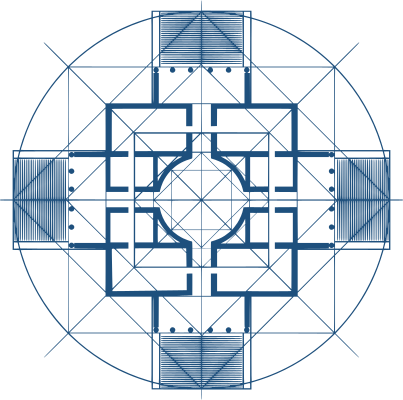Abstract
In the last few years, two central questions have emerged in expert and academic debate on innovation policies in education. The first is the measurement of the effectiveness of innovation policies, the second regards the measurement itself and its methodological improvements. The problem of measurement is not only a methodological and technical issue; it is also a theoretical one. Every technical choice is made on the basis of a theoretical frame, so will have broad theoretical consequences. This article aims to focus on the problem of the definition and measurement of innovation in teaching activities. Its goal is mainly the application of the IRT methodology as a tool to assess propensity or attitudes in different domains pertaining to the use of ICT in schools. Our starting point is the hypothesis that the “propensity of innovation” may be defined as a latent variable defined by different dimensions. This paper considers the main results of a research project on digital teaching innovation carried out in 2013-2014. Digital teaching innovation was investigated through a sample survey addressed to teachers. An ad hoc questionnaire was used and Item Response Theory models were applied to analyse responses provided by teachers: propensity to digital teaching innovation was assessed with five indexes together with a further five related to other specific topics (e.g. the perception of the school climate, the school context). Finally, each indicator was related to potential explanatory variables in order to evaluate relationships between the salient characteristics of teachers and schools and the main dimensions of analysis.
Keywords
Download
Pitzalis M., Giambona F., Porcu M., Sulis I. (2016) "Measuring Digital Teaching Innovation Using Item Response Theory Models
", Italian Journal of Sociology of Education, 8(2), 68-109. DOI: 10.14658/PUPJ-IJSE-2016-2-5
Year of Publication
2016
Journal
Italian Journal of Sociology of Education
Volume
8
Issue Number
2
Start Page
68
Last Page
109
Date Published
06/2016
ISSN Number
2035-4983
Serial Article Number
5
DOI
10.14658/PUPJ-IJSE-2016-2-5
Section
Special Section

 © 2025 Padova University Press - Università degli Studi di Padova
© 2025 Padova University Press - Università degli Studi di Padova